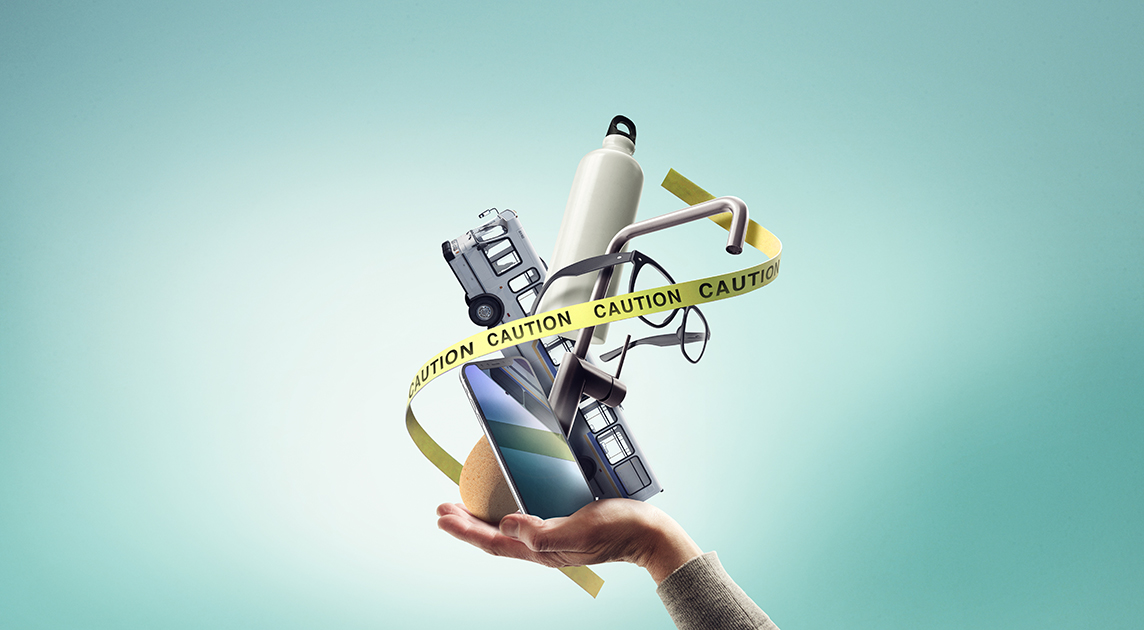All the info you need to keep dangerous germs at bay and stay healthy.
We carry our cellphones everywhere, touching them more than 2,600 times per day, setting them down on multiple surfaces, then holding them to our ears, mouths and faces. It should be no surprise that our phones pick up lots of potentially dangerous germs along the way, including germs that cause colds, flu and digestive distress. Beyond that, many of us also share communal work and play spaces, as well as gym equipment and public transportation — all prime sources of airborne, illness-bearing germs. Fortunately, there are plenty of things you can do to minimize your exposure to unhealthy bacteria and stay healthy.
How Germs Spread
Germs are dispersed into the air via tiny droplets that are released when we talk, cough or sneeze — in fact, those droplets can travel up to six feet. Germs are also spread when a sick person touches their eyes, nose or mouth and then touches a surface. Those germs are then picked up when we touch that same surface then touch our own eyes, nose or mouth. According to the Mayo Clinic, droplets infected with cold, flu and other viruses can live on surfaces for several hours or even days, usually staying active longer on hard surfaces, like stainless steel or plastic, than on soft surfaces like fabrics.
Take Preventive Measures
Guarding yourself from these germs can be as easy as taking a few, simple precautions.
- Wash your hands frequently and thoroughly, for at least 20 seconds, with warm water and soap. If you don’t have access to soap and water, you can use an alcohol-based sanitizer that contains at least 60 percent alcohol.
- Cover your mouth with a tissue, or your elbow, when coughing or sneezing.
- Avoid sick people. According to the Centers for Disease Control and Prevention (CDC), the flu is most contagious starting one day before symptoms develop and continuing for up to five to seven days. Children and those with weakened immune systems may be contagious for even longer.
- Stay home if you’re sick. If you have a fever, stay home at least 24 hours after it subsides.
- Get vaccinated! The CDC recommends getting an annual flu shot by the end of October for optimal protection. It is so important that the majority of health plans — including all plans offered through Covered California — cover the flu shot for free.
Free vaccines are just the starting point — access to health insurance helps us all stay healthy. Read “5 Ways Covered California Works for You” to find more ways Covered California protects your health.

Accessible Version of 10 Places Germs Love to Live Infographic

